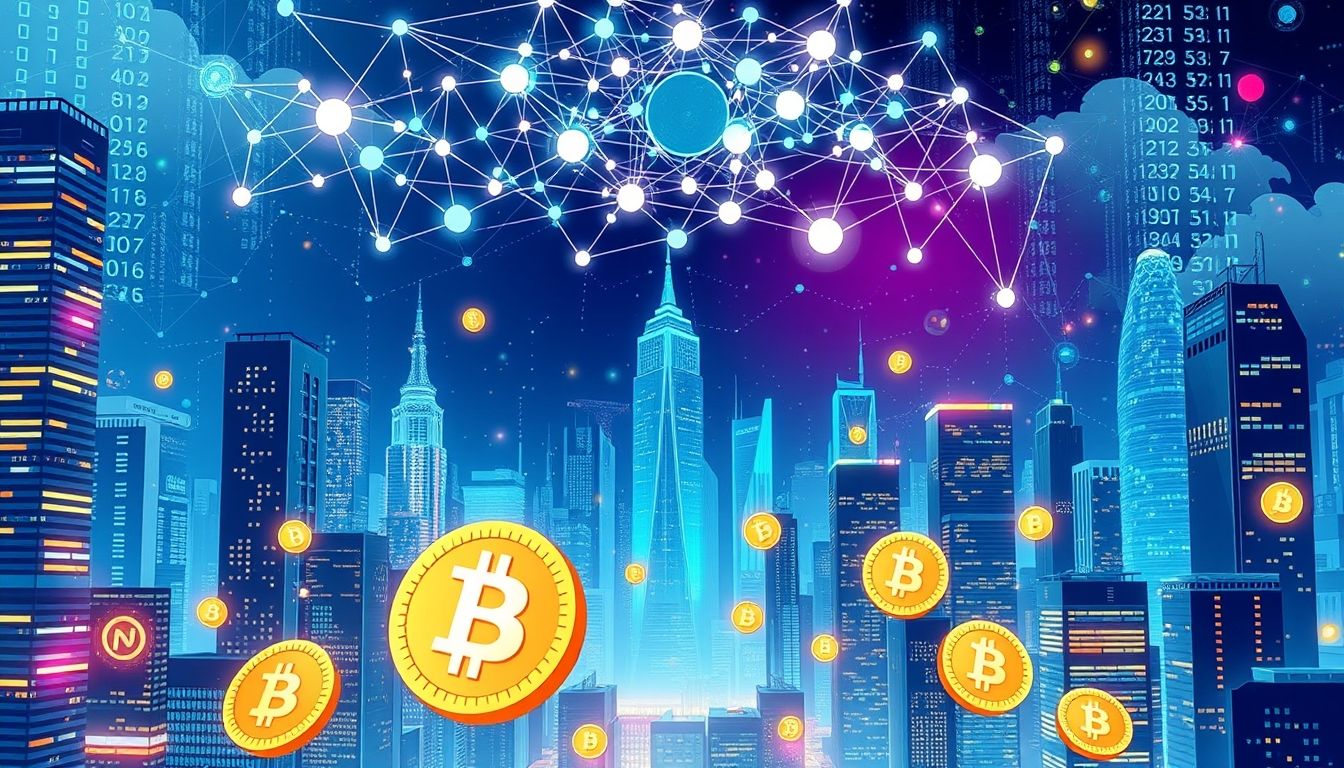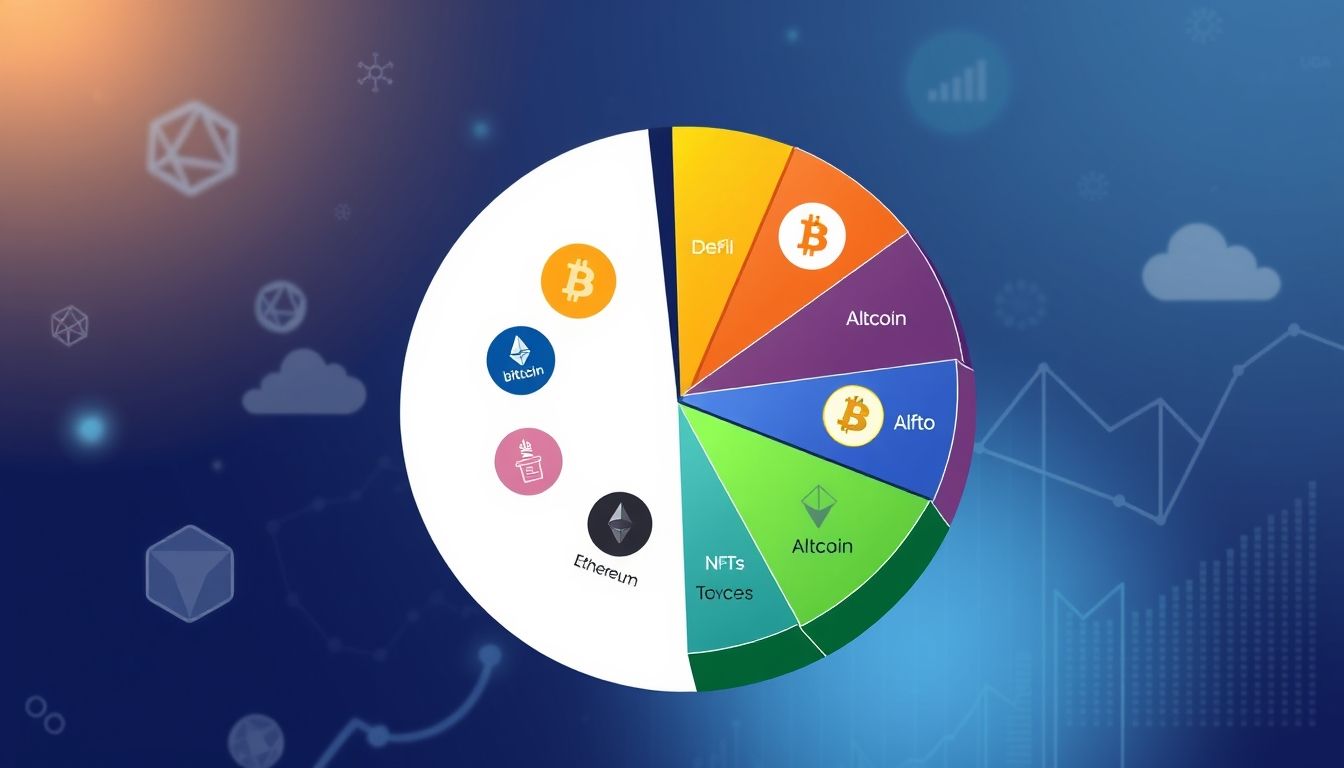Blockchain: Revolutionizing Decentralized Finance and Reshaping the Global Financial Landscape
Blockchain technology, initially known as the backbone of cryptocurrencies like Bitcoin, is now transcending its original boundaries to revolutionize the world of finance. It's not just a technology; it's a new paradigm for financial transactions, based on decentralization, transparency, and security. This article will explore in-depth the innovative applications of blockchain in the financial sector and how it's reshaping the global economic landscape.
Chapter 1: The Fundamentals of Blockchain and How It Works
Blockchain, simply put, is a distributed digital ledger that records transactions across a network of computers. Each transaction is grouped into a "block," and these blocks are linked together in chronological order, forming a "chain." This chain is highly secure because each block contains the "fingerprint" of the previous block, making it virtually impossible to alter any past transaction without changing all subsequent blocks. This ensures data integrity and transparency.
- Decentralization: No central authority controls the blockchain, reducing the risks of censorship and fraud.
- Transparency: All transactions are permanently recorded and can be verified by anyone on the network.
- Security: Strong encryption makes it extremely difficult to hack the blockchain or manipulate the data.
Chapter 2: Cryptocurrencies: The Real Beginning of the Blockchain Revolution
Cryptocurrencies, such as Bitcoin and Ethereum, were the first successful application of blockchain technology. These currencies have demonstrated the potential to create a decentralized financial system independent of governments and central banks. Despite the significant price volatility, they have attracted considerable attention and led to the development of many other blockchain applications.
Example: Bitcoin, as the first cryptocurrency, proved the possibility of conducting financial transactions online without the need for an intermediary. This opened the door to new and more efficient payment solutions.
Chapter 3: Decentralized Finance (DeFi): The Future of Finance
Decentralized Finance (DeFi) is a movement aimed at rebuilding the traditional financial system using blockchain technology. DeFi aims to make financial services more open, transparent, and efficient by removing intermediaries and allowing individuals to control their funds directly.
DeFi applications include:
- Lending and Borrowing: Platforms that allow users to lend and borrow cryptocurrencies directly from each other.
- Decentralized Exchange (DEX): Platforms that allow trading cryptocurrencies without the need for a central intermediary.
- Financial Derivatives: Smart contracts that allow trading financial derivatives in a decentralized manner.
- Asset Management: Tools that help users manage their investment portfolios more efficiently.
Chapter 4: Smart Contracts: The Foundation of Advanced Blockchain Applications
Smart contracts are computer programs stored on the blockchain that execute automatically when certain conditions are met. These contracts allow for the automation of complex financial processes and reduce the need for intermediaries.
Example: Smart contracts can be used to automatically distribute profits to investors when certain conditions are met, such as achieving a specific profit target.
Chapter 5: Streamlining Cross-Border Payments with Blockchain
Cross-border payments are often slow and expensive due to the need for numerous intermediaries. Blockchain technology can simplify this process by removing intermediaries and providing faster and cheaper transactions.
Statistic: According to the World Bank, the average cost of sending money across borders is about 6.5% of the amount sent. Blockchain technology can significantly reduce this cost.
Chapter 6: Enhancing Transparency in Supply Chains
Blockchain can be used to track products across the supply chain, increasing transparency and reducing the risk of fraud and counterfeiting. This is particularly useful in industries that require high-quality assurance, such as pharmaceuticals and food.
Example: Blockchain can be used to track the source of coffee from the farm to the consumer, ensuring that the coffee is authentic and fair trade.
Chapter 7: Blockchain and Digital Identity
Managing digital identity is a significant challenge in the digital world. Blockchain can be used to create a secure and reliable digital identity that individuals can fully control. This can facilitate access to online financial services and reduce the risk of identity theft.
Tip: Look for blockchain-based digital identity solutions that give you full control over your personal data.
Chapter 8: Blockchain in Insurance
Blockchain can be used to streamline insurance processes and reduce fraud. Smart contracts can automate insurance claims and speed up the payment process.
Example: Smart contracts can be used to automatically pay insurance claims when certain conditions are met, such as a recorded car accident.
Chapter 9: Challenges and Potential Risks
Despite the many benefits of blockchain technology, it also faces some challenges and risks, including:
- Regulation: The regulatory framework for blockchain is still unclear in many countries, creating uncertainty.
- Scalability: Some blockchain networks struggle to handle a large number of transactions.
- Security: Although blockchain is generally secure, there is always a risk of cyberattacks.
Chapter 10: The Future of Blockchain in Finance
The future of blockchain in finance looks very promising. As the technology continues to evolve and its adoption increases, we can expect to see more innovative applications that change the way we deal with money and investment. Blockchain is expected to play a crucial role in building a more open, transparent, and efficient financial system for everyone.
"Blockchain is not just a technology; it's a revolution in the way we think about money and economics." - Financial Expert




